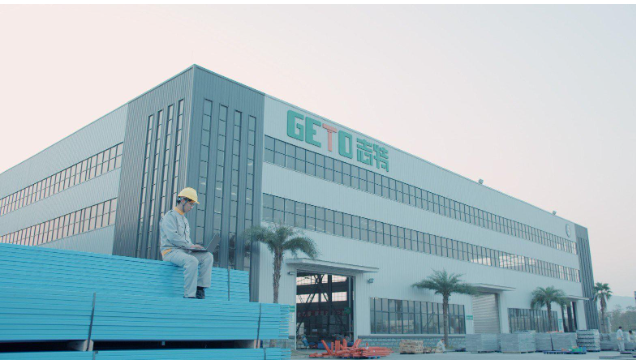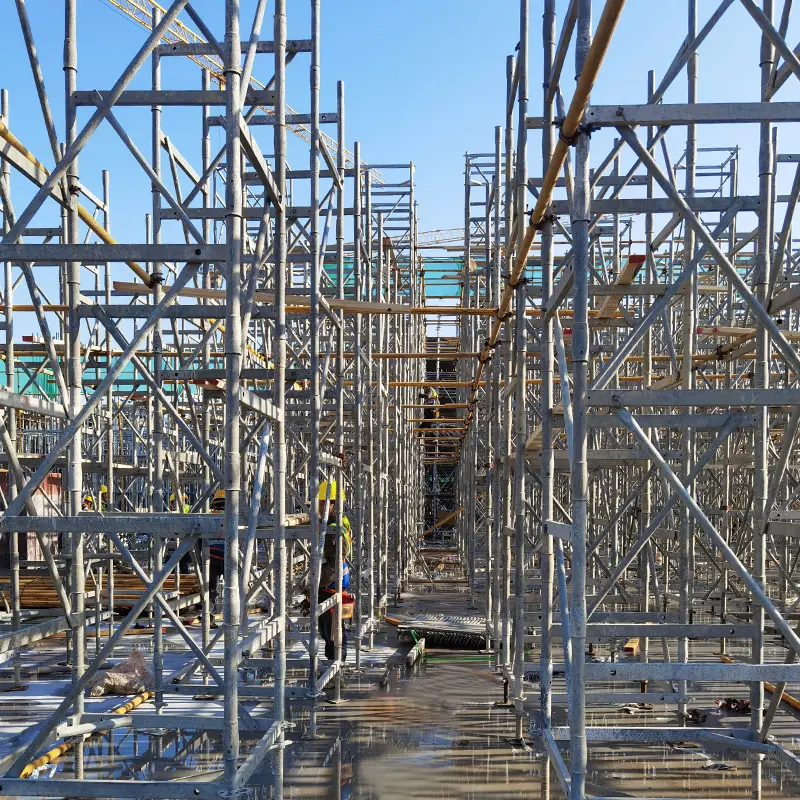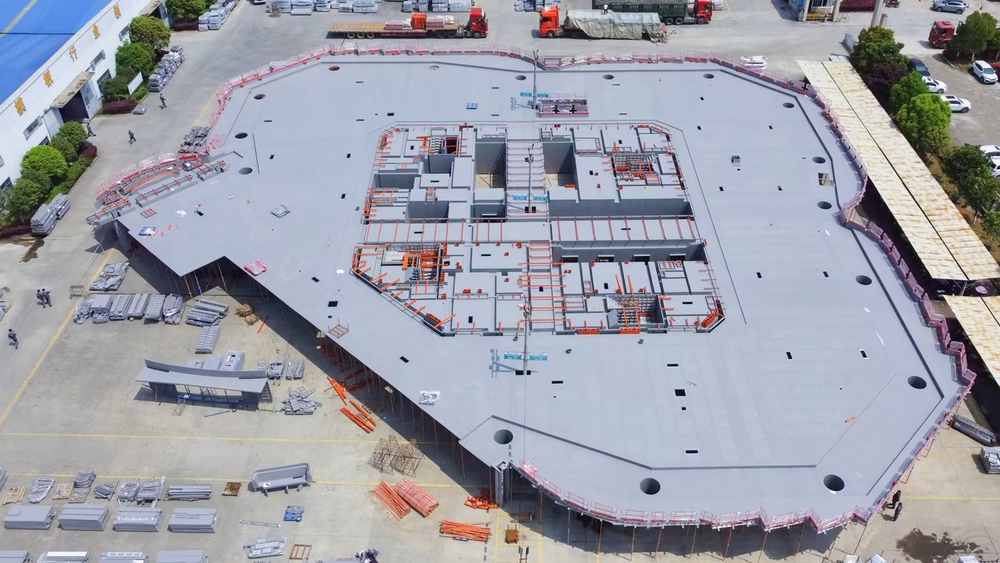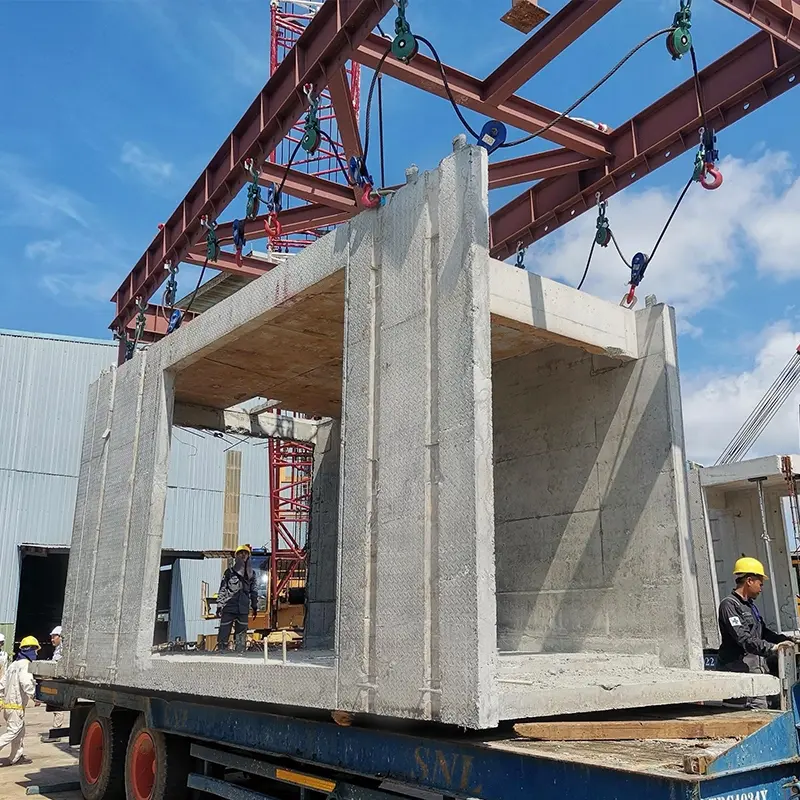Aluminium Concrete Formwork vs. Traditional Brick and Concrete Walls: A High-Rise Building Technique Showdown
In the world of construction, choosing the right materials and techniques can significantly impact the efficiency, cost, and sustainability of a project. When it comes to constructing high-rise buildings, two popular methods stand out: aluminium concrete formwork and traditional brick and concrete walls. Each technique offers unique advantages and challenges that can affect the success of a project.
In this article, we'll explore the differences between these two construction methods, highlighting their benefits and drawbacks, to help you make an informed decision for your next high-rise building project.
Understanding Concrete Formwork
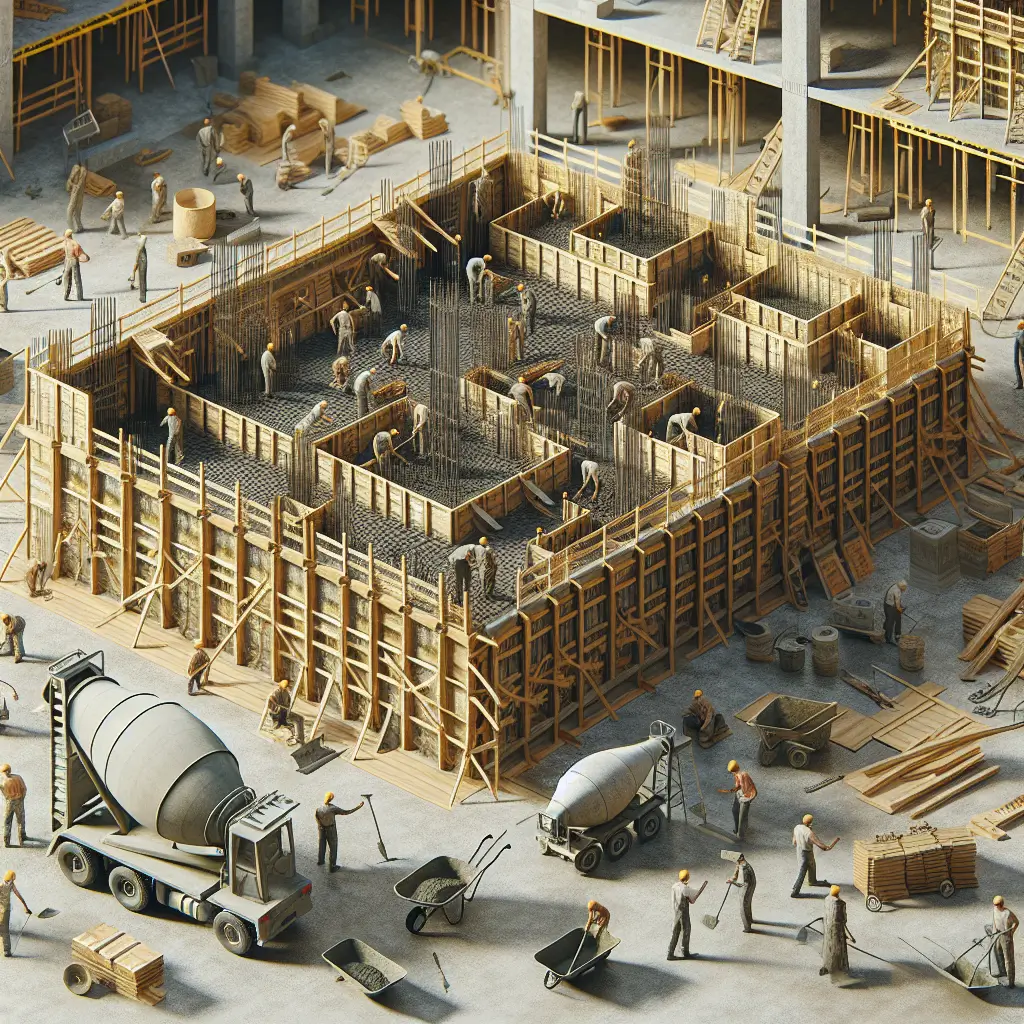
Concrete formwork is a temporary or permanent mould into which concrete is poured to create structural elements. It's essential in shaping and supporting concrete until it gains enough strength to stand on its own. The choice of formwork material and design can greatly influence the construction process, cost, and quality of the finished structure.
Aluminium Concrete Formwork
Aluminium concrete formwork is a modern construction technique that uses lightweight, durable aluminium panels to create moulds for concrete. This method is gaining popularity in the construction industry due to its efficiency and ease of use.
Advantages of Aluminium Concrete Formwork
- Speed and Efficiency: Aluminium formwork panels are easy to assemble and disassemble, allowing for faster construction times. This efficiency reduces labour costs and shortens project timelines, making it an attractive option for large-scale projects.
- Durability and Reusability: Aluminium is a robust material that can withstand the pressures of concrete pouring and setting. The panels can be reused multiple times, making this method more sustainable and cost-effective in the long run.
- Precision and Quality: The smooth surfaces of aluminium panels create a high-quality finish on concrete surfaces, reducing the need for additional plastering or finishing work.
- Reduced Labour Requirements: The lightweight nature of aluminium panels means they can be handled by fewer workers, reducing the manpower needed on-site.
Drawbacks of Aluminium Concrete Formwork
- Initial Cost: The upfront investment for aluminium formwork can be higher than traditional methods. However, the long-term savings from reduced labour costs and faster construction times often offset this initial expense.
- Complexity in Design Changes: Once the aluminium panels are set, making design changes can be more challenging compared to brick and concrete, which can be more adaptable to on-the-fly adjustments.
Traditional Brick and Concrete Walls
Traditional brick and concrete walls have been a staple in construction for centuries. This method involves laying bricks and pouring concrete to create walls and other structural elements.
Advantages of Traditional Brick and Concrete Walls
- Familiarity and Accessibility: This method is widely known and practised, making it easy to find skilled labour and resources for projects using traditional brick and concrete.
- Flexibility in Design: Brick and concrete walls can be adapted to various architectural styles and design changes during construction, offering more flexibility than fixed formwork systems.
- Thermal and Acoustic Insulation: Brick walls provide excellent insulation properties, both thermal and acoustic, which can enhance the comfort and energy efficiency of a building.
Drawbacks of Traditional Brick and Concrete Walls
- Longer Construction Times: The process of laying bricks and pouring concrete is labour-intensive and time-consuming, leading to longer project timelines and increased labour costs.
- Higher Waste Generation: Traditional construction methods often produce more waste, impacting both the environment and project costs.
- Inconsistency in Finish Quality: Achieving a uniform finish with brick and concrete can be challenging, often requiring additional plastering and finishing work.
Comparing the Two Methods
Cost Considerations
While aluminium concrete formwork may have a higher initial cost, its efficiency and reusability often result in lower overall expenses. Traditional brick and concrete walls may seem more affordable at first, but longer construction times and higher labour costs can increase total project costs.
Environmental Impact
Aluminium formwork is generally more sustainable due to its reusability and reduced waste generation. On the other hand, traditional methods can produce significant construction waste, contributing to environmental concerns.
Aesthetic and Design Flexibility
Traditional brick and concrete walls offer greater design flexibility and adaptability to changes during construction. In contrast, aluminium formwork provides a more consistent finish but may require more planning and precision in the design phase.
Conclusion of Aluminium Concrete Formwork
Both aluminium concrete formwork and traditional brick and concrete walls have their place in high-rise construction. The choice between the two depends on various factors, including budget, project timeline, environmental considerations, and design requirements.
Aluminium formwork offers speed, efficiency, and sustainability, making it an excellent choice for projects with tight deadlines and a focus on long-term cost savings. Traditional brick and concrete, with their flexibility and familiarity, remain a solid option for projects that prioritise design adaptability and insulation properties.
Ultimately, understanding the strengths and weaknesses of each method will help you make an informed decision that aligns with your project's goals and requirements. Whether you choose the modern approach of aluminium formwork or the time-tested method of brick and concrete, careful planning and execution will ensure the success of your high-rise building project.


